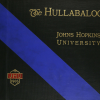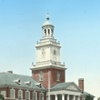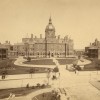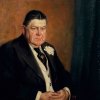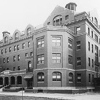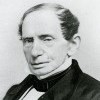The Indispensable Role of Blacks at Johns Hopkins
From Kelly Miller, the first Black student at the university in 1887, to Lisa Cooper, renowned physician, researcher, and professor, Black individuals at Johns Hopkins have helped to shape the institution in important ways. This exhibit, co-sponsored by university President Ronald J. Daniels, Johns Hopkins External Affairs and Development, and the Johns Hopkins University Black Faculty and Staff Association, features photographs and stories of people whose lives and experiences demonstrate the indelible mark Black folks have left on Johns Hopkins. In addition to physical displays on multiple Hopkins campuses, this website includes narratives of all those highlighted in the exhibit.


